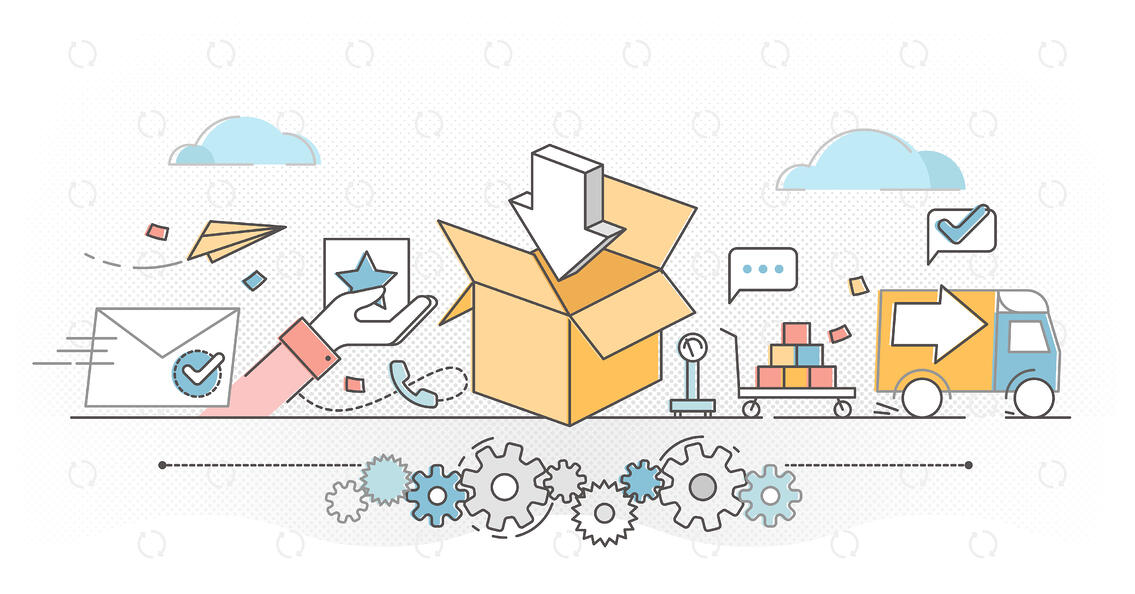Fill rate refers to the percentage of customer demand that is met by immediate stock availability, without backorders, stockouts or lost sales. Simply put, it’s an indication of how well you’re able to meet customer demand at any given time.

What is fill rate and why does it matter for wholesalers?
Measuring your fill rate is critical because if it remains low, it could lead to loss of sales, loss of customers, and a poor reputation. Here’s how to calculate your fill rate and ways you can use it to improve your business practices.
Fill rate formula: how to calculate fill rate
Divide the number of products provided by the total number of products ordered (demand).
Fill rate calculator
Example
For example, if a customer orders 50 shirts but you’re only able to ship 20 shirts at the time of ordering, your fill rate would be:
20 / 50 = 0.4 = 40%
Of course, this example is assuming you have only one order from one customer. Determining fill rate becomes more complex the more customers and orders you have, which is why it’s useful to have a dedicated order management system in place to automate reporting.
Why is fill rate important?
Understanding how well you’re able to meet customer demand is key to refining your wholesale inventory management and fulfillment processes and improving customer experience.
Keeping track of your fill rate allows you to do the following:
Manage customer expectations – If you know you won’t be able to fulfill an order completely when it is made, you can communicate directly with the customer and give them the option of substituting the product or waiting until it’s available.
Offer alternative products – When you know you can’t achieve an ideal fill rate, you can offer buyers alternative products to keep order values as high as possible, and in turn, improve your fill rate.

Improve inventory management processes – If your fill rate is consistently low, you can look at alternative suppliers or revisit your reorder point to ensure you’re maintaining optimal stock levels.
Improve fulfillment processes – Having inefficient packing or shipping processes can negatively impact your ability to fulfill orders on time. A low fill rate due to packing or delivery issues tells you that you should look at ways to improve your fulfillment processes.
What is the optimal fill rate?
The short answer is that it depends on a number of factors such as the types of products you sell, how easily customers can find similar products elsewhere, and your customers’ expectations.
You probably already have a general sense of your ideal fill rate based on feedback from customers and customer retention rates. However, even if you don’t have a specific percentage to work towards, you should still track your fill rate and aim to improve it as you grow.
Utilizing inventory management software like QuickBooks Commerce can help improve your fill rate by automating ordering processes and reporting so that you can easily measure how well you’re performing over time. You can also use the system’s backordering functionality to maximize sales even when you can’t fulfill orders immediately.









